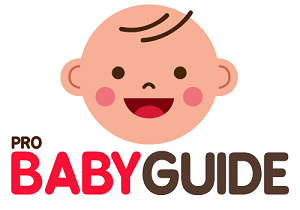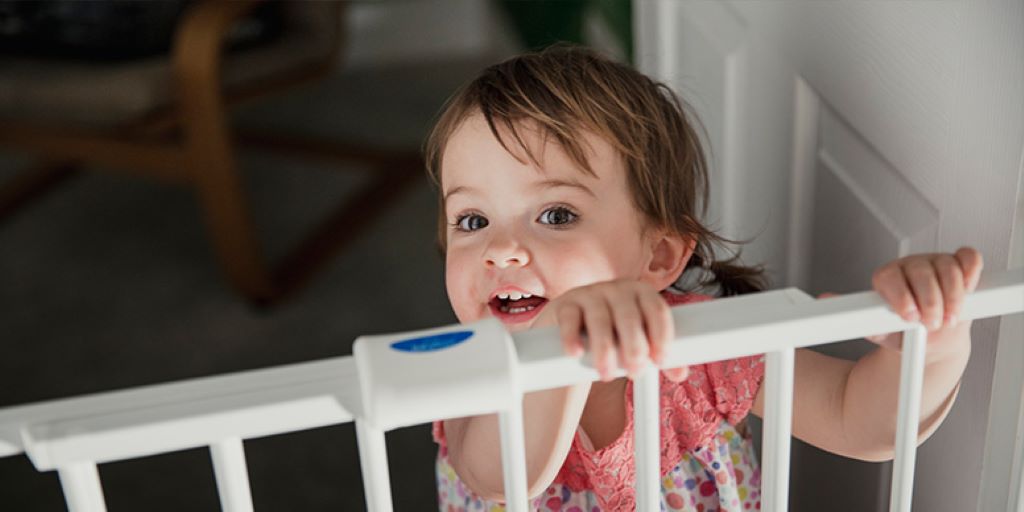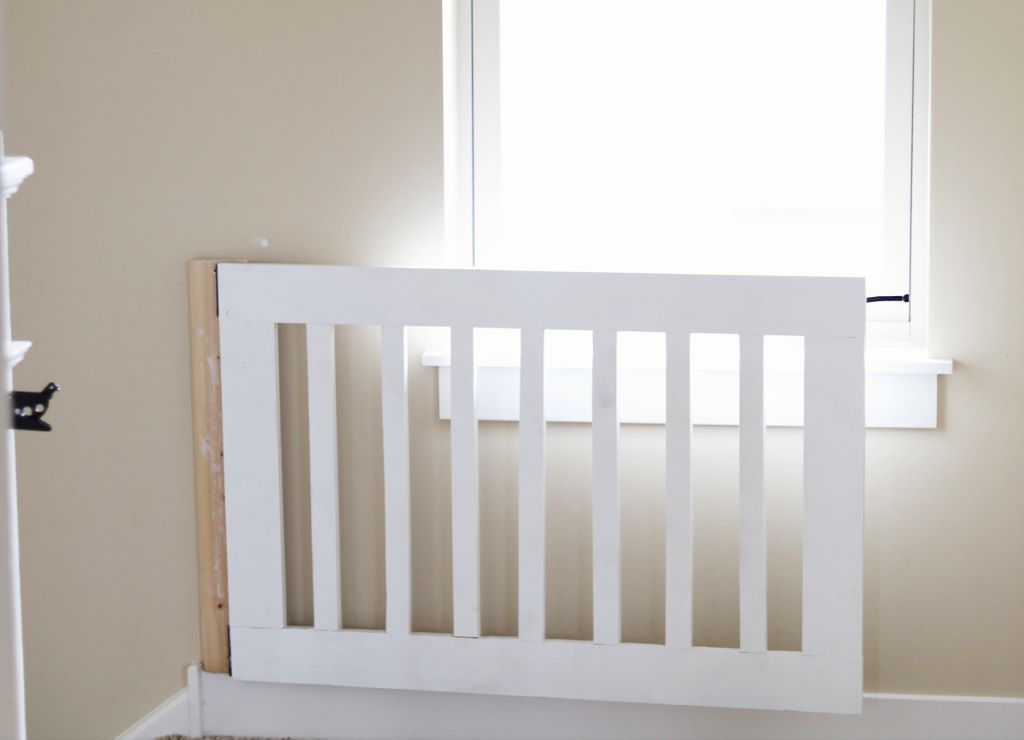Baby gates are a common sight in homes with young children, but are they truly necessary? The answer, like most parenting decisions, depends on your specific situation and comfort level. This article will explore the pros and cons of baby gates, offering guidance on when they might be most beneficial and alternative safety measures to consider.
Why Use Baby Gates?
There are several compelling reasons to incorporate baby gates into your safety plan:
- Stairway Safety: Falls are a leading cause of childhood injuries, and stairs pose a significant risk for mobile babies and toddlers. A sturdy gate at the top and bottom of stairs can prevent falls and offer peace of mind.
- Area Containment: Baby gates can be used to restrict access to specific rooms or areas of your home that may contain hazards, such as the kitchen (with sharp objects and hot appliances) or the bathroom (with cleaning supplies and medications).
- Creating a Safe Play Zone: Gates can be used to create a designated play area for your child, filled with age-appropriate toys and free from potential dangers. This allows you to keep an eye on them while attending to other tasks.
Are Baby Gates Right for You?
Here are some factors to consider when deciding if baby gates are a good fit for your home:
- Your Home Layout: If your home has multiple levels or open floor plans, gates can help section off areas to better supervise your child.
- Your Child’s Development: As your child becomes more mobile, their curiosity will lead them to explore new areas. Gates can be a temporary solution until they learn safe exploration habits.
- Your Parenting Style: Some parents find gates offer peace of mind, while others prefer a more open environment and constant supervision.
Alternatives to Baby Gates
While baby gates are a valuable safety tool, they’re not the only option. Here are some considerations:
- Supervision: Constant supervision is ideal, but not always realistic. However, remaining in the same room or nearby significantly reduces risks.
- Babyproofing: Focus on eliminating hazards at the source. Secure cabinets with childproof locks, cover electrical outlets and keep hot items out of reach.
- Play Areas: Create designated play areas stocked with safe toys that encourage exploration and development.
Related: The 7 Best Baby Gate
The Takeaway
The decision to use baby gates is a personal one. There’s no single “right” answer. Weigh the pros and cons considering your home environment, child’s development, and parenting style. Remember, baby gates are a temporary solution, and as your child matures, gradually introduce them to navigating your home safely.
Additional Tips
- Choose gates that are sturdy and appropriate for the doorway or opening you intend to block.
- Ensure the gate is installed securely according to the manufacturer’s instructions.
- As your child gets older, teach them how to safely open and close the gate if it has a release mechanism.
By following these tips and creating a safe environment, you can foster a sense of exploration for your child while keeping them protected.
Frequently Asked Questions About Baby Gates
Baby gates can be a helpful safety tool, but navigating the different options and figuring out how to use them correctly can be confusing. Here are some of the most commonly asked questions about baby gates:
1. What type of baby gate should I get?
There are several types of baby gates available, each with its advantages:
- Pressure-mounted: These are the easiest to install, but may not be suitable for all doorways or if you have weak walls.
- Hardware-mounted: These offer the most secure fit and are ideal for stairs or high-traffic areas.
- Retractable: These gates conveniently disappear when not in use, but may not be as wide as other options.
- Mesh: These allow for visibility and air circulation, but some toddlers may be tempted to climb them.
- Extra-wide: These are ideal for blocking large openings or hallways.
Consider the location, your child’s age, and your budget when choosing a gate.
2. How tall should a baby gate be?
Most safety experts recommend a gate that is at least 36 inches (91 cm) tall to prevent climbing. For particularly determined climbers, consider an even taller option.
3. Where should I install baby gates?
Common places for baby gates include:
- At the top and bottom of the stairs
- Around fireplaces or wood-burning stoves
- Kitchen entrances (to keep children away from appliances)
- Bathroom doorways (to prevent access to cleaning supplies)
- Laundry room entrances (to keep them away from detergents)
4. Can my baby get hurt by a baby gate?
Improperly installed gates can be a hazard. Ensure the gate is securely fastened and there are no gaps where a child’s fingers or toes could get pinched. Also, avoid placing furniture near the gate that a child could climb on to reach over.
5. When can I stop using baby gates?
There’s no one-size-fits-all answer. Once your child is consistently walking confidently and understands the concept of boundaries, you may no longer need baby gates. However, gradually phase them out to allow them to learn safe exploration habits.
6. Are there any alternatives to baby gates?
Baby gates are a great safety tool, but not the only option. Alternatives include constant supervision, babyproofing your home (covering outlets, securing cabinets), and creating designated play areas with safe toys.
7. How do I clean a baby gate?
Cleaning methods will vary depending on the material of your gate. Generally, you can use a damp cloth with mild soap and water. Consult the manufacturer’s instructions for specific cleaning recommendations.




